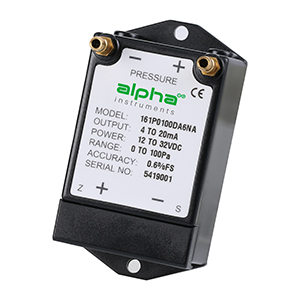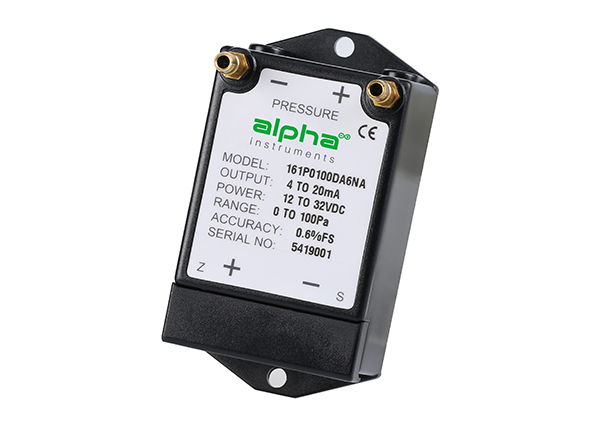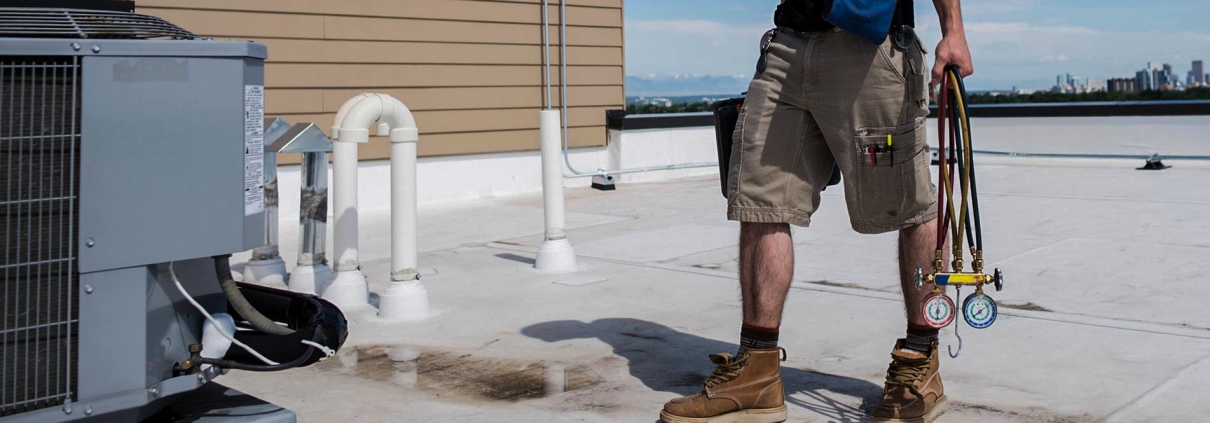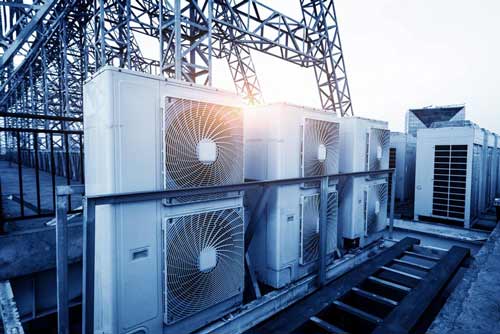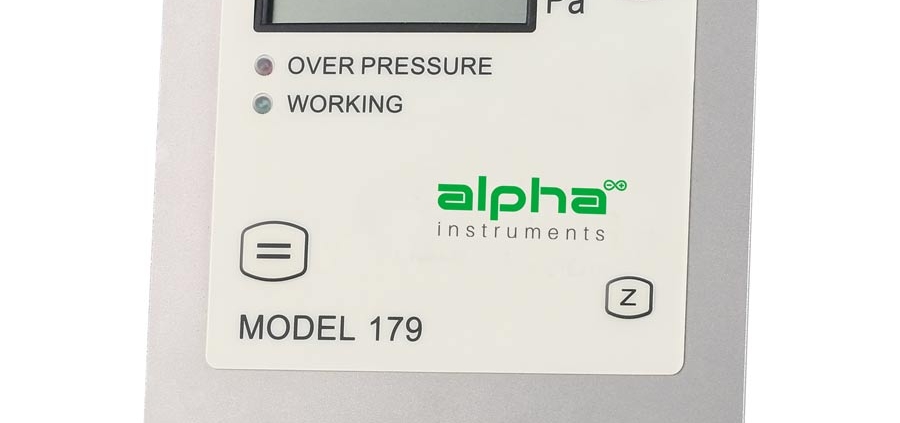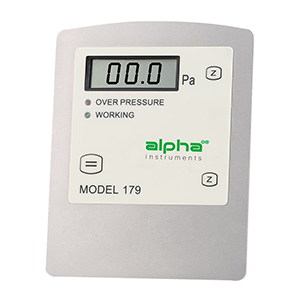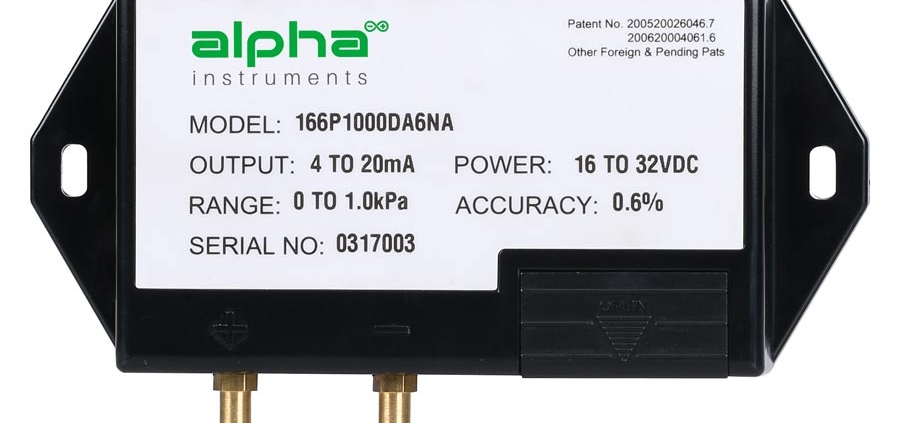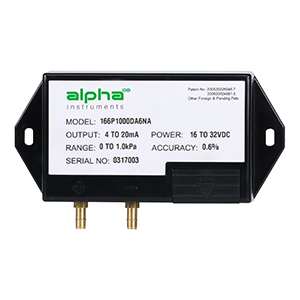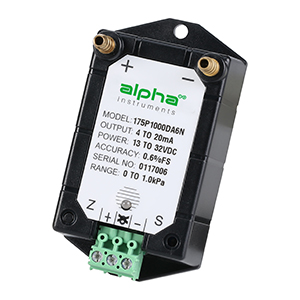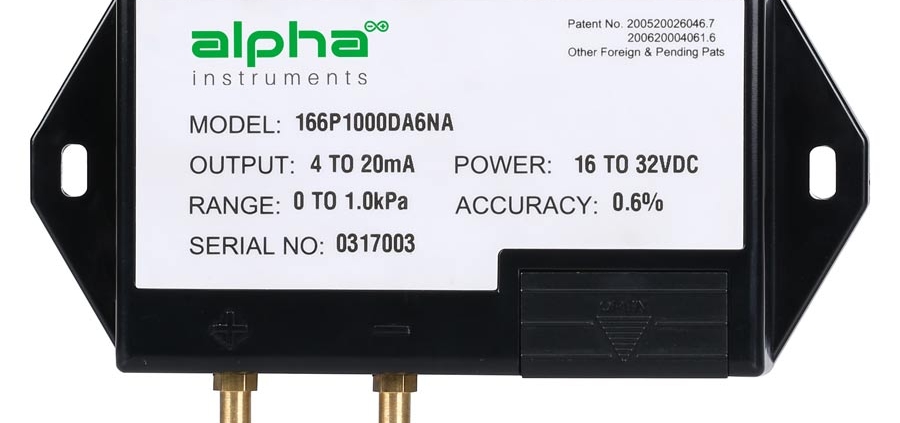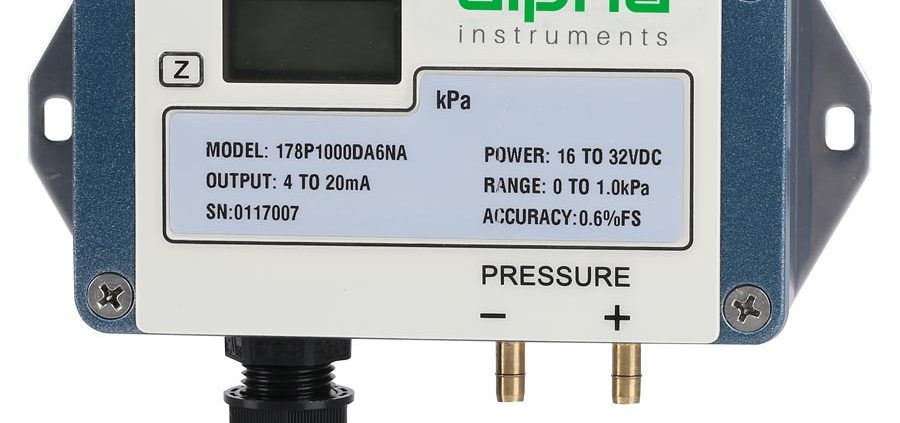Discover why Alpha USA’s high-accuracy micro differential pressure Transducers are the top choice for industries requiring reliable and precise pressure measurement. Learn about their features, applications, and benefits.
The Importance of Micro Differential Pressure Transducers in Modern Industries
In industries where precise pressure measurement is critical—such as HVAC, medical devices, cleanrooms, and industrial automation—micro differential pressure Transducers play a vital role. These Transducers detect minute pressure differences, ensuring system efficiency, safety, and performance.
At Alpha USA, we specialize in manufacturing high-precision micro differential pressure Transducers designed for accuracy, durability, and reliability. Whether you’re monitoring air flow, filter status, or gas pressure, our sensors deliver unmatched performance.
Key Features of Alpha USA’s Micro Differential Pressure Transducers
Ultra-High Accuracy – Our sensors measure even the slightest pressure differences with exceptional precision, making them ideal for sensitive applications.
Robust Build Quality – Designed to withstand harsh environments, including temperature fluctuations and vibrations.
Wide Measurement Range – Suitable for low to moderate pressure differentials, ensuring versatility across industries.
Low Power Consumption – Energy-efficient design for continuous monitoring without excessive power drain.
Digital & Analog Outputs – Compatible with various control systems for seamless integration.
Applications of Our Differential Pressure Transducers
HVAC Systems – Monitor filter clogging and airflow to maintain energy efficiency.
Cleanrooms & Laboratories – Maintain contamination-free environments with accurate pressure differential monitoring.
Industrial Automation – Optimize processes by detecting pressure changes in pneumatic systems.
Environmental Monitoring – Track gas flow and pressure in emission control systems.
Why Choose Alpha USA?
As a trusted American manufacturer, Alpha USA is committed to delivering high-quality, reliable pressure sensors backed by:
✔ Industry-Leading Expertise – Decades of experience in sensor technology.
✔ Custom Solutions – Tailored designs to meet specific application needs.
✔ Competitive Pricing – Premium performance without the premium cost.
✔ Exceptional Support – Dedicated customer service and technical assistance.
Upgrade Your Systems with Alpha USA’s Precision Transducers
If you need high-accuracy low differential pressure sensors, look no further than Alpha USA. Our products ensure reliable performance, long-term durability, and precise measurements for critical applications.
Contact us today to discuss your requirements or request a quote!
Email: contact@alphainstruments.com

